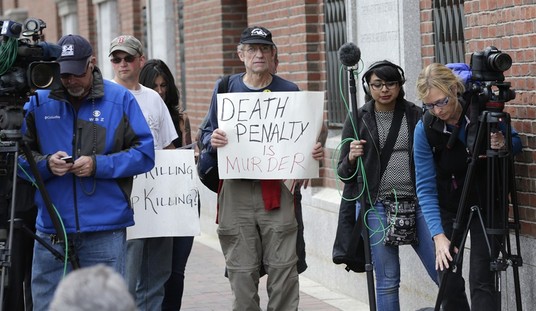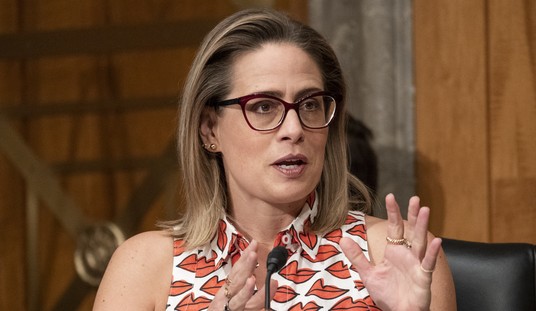WARNING: this post contains plot spoilers! If you haven’t seen Big Hero 6, go watch it – RIGHT NOW! – and then come back to read this.
I recently watched Disney’s latest Oscar-winning animated feature Big Hero 6 for the first (and second) time. I loved the film so much that I watched it twice in less than 24 hours. The story of Hiro Hamada, his robot buddy Baymax, and their college pals who become unwitting superheroes surprised me in so many ways that I believe Big Hero 6 deserves a place among the classics of Disney animation, and here are a few reasons why.
5. Big Hero 6 contains some of the most appealing characters Disney has introduced in a long time.
Over nearly a century, Disney has brought us some memorable and wonderful characters, and though the Big Hero 6 originated in the Marvel universe, the characters in the film Big Hero 6 wind up being some of the best Disney characters in recent memory.
Hiro takes many character tropes – the young teen, the plucky orphan, the prodigious genius – and overcomes them with his sense of wonder at the world around him. Tadashi’s selfless nature manifests itself beautifully in his love for his brother, and Aunt Cass is both high-strung and grounded as guardian of her nephews.
Hiro and Tadashi’s friends are terrific characters in their own right. Go-Go counters her surface misanthropy by revealing her heart at just the right times, while Honey Lemon breaks through a vapid exterior with intellect and concern for others. Wasabi’s quirky neuroses belie a maturity that drives him, while Fred proves he’s more than just an apparent stoner ne’er-do-well.
And then there’s Baymax, my personal favorite. His robotic deadpan turns out to be the perfect delivery for some of the movie’s best lines (what he mines from a simple “oh no” is worth its weight in gold). Baymax proves that artificial intelligence can generate genuine heart.
4. The self-esteem message in Big Hero 6 contains more substance than anything else in our culture today.
Nowadays pop culture tends to send the same message to young people – embrace your weirdness, let your freak flag fly. It seems like films, music, and television tell our kids that unless they’re an oddball in some way they’ll never fit it.
Big Hero 6 conveys a self-esteem message that runs counter to current pop culture: the notion that everyone has talents and ways that they can make the world a better place. Sure, the Big Hero 6 are weird, but their value lies not in embracing their weirdness but in the skills and knowledge they possess (or, to paraphrase Tadashi, their big brains). That’s a message that carries more substance than the freak flag ever will.
3. Big Hero 6 appeals to boys better than most of Disney’s prior attempts.
Let’s face it: Disney’s animated output has been princess-centric since the beginning, and it seems like the studio has upped the ante since discovering the princesses’ marketing power a few years back. Disney has attempted to appeal directly to boys over the years, but for various reasons, those attempts haven’t really stuck long term.
As wonderful as The Sword In The Stone is, it has never ranked among the classics with long-term staying power. The Black Cauldron? Nope, too dark. Unfortunately, Aladdin has had to suffer the “Princess Movie” label, despite the fact that the protagonist and titular character is a guy. The Lion King is one of the rare Disney “boy movies” that rank among the classics, and I firmly believe Big Hero 6 will join that short list.
Big Hero 6 is the total package for a guy’s movie: edge-of-the-seat action, high and low comedy, and a heroes-versus-villains tension (even if the villain’s evil is driven by family revenge). The movie balances these elements with the right amount of heart, as well as including sly jokes that parents can laugh along with. I feel strongly that the film has the kind of staying power that will resist changing trends and attitudes, despite it’s current cutting-edge style.
2. There are elements of conservatism in Big Hero 6.
Whether the filmmakers intended them or not, we can find threads in Big Hero 6 that suggest conservative themes. I’ve already discussed the unique (and positive) message of self-esteem we see in the film. We also see evidence of the value of hard work and perseverance when Baymax shows Hiro the footage of Tadashi working on his prized robot.
In spite of his off-the-charts intelligence (the kid graduated high school at 13, for crying out loud!), Hiro must work hard to produce a unique invention to ensure his admission into the San Fransokyo Institute of Technology’s robotics program. He even receives in invitation to work with the billionaire industrialist Alistair Krei as a result of his presentation.
The most interesting conservative thread runs through the villain story. When Alistair Krei approaches Hiro after his robotics presentation, the earnest Professor Callaghan decries Krei as a selfish robber baron. Yet the villain turns out to be Callaghan, and Krei is his target. It’s also worth noting that, with Krei’s obvious success, his major failure is the government-sponsored teleportation project.
1. Big Hero 6 conveys a message about innovation that would make Walt himself proud.
One underlying – and possibly intentional – lesson from Big Hero 6 has to do with innovation, and the movie delivers it in a way that would make Walt and his inner circle proud.
For starters, the competition which results in Hiro’s admission to SFIT is one where prospective students seek to create truly innovative robotics applications, and Hiro wins over both Krei and Professor Callaghan with his microbots. But the kicker is Tadashi’s encouragment to Hiro which leads to his invention of the microbots.
When Hiro hits a dead end in coming up with ideas for the competition, Tadashi gives his younger brother advice in an unusual way:
Tadashi: Hey, I’m not giving up on you.
[Tadashi grabs Hiro by the ankles and hangs him upside-down over his shoulders. He begins jumping around the room, with Hiro flopping behind him.]
Hiro: Ahhǃ What are you doing?
Tadashi: Shake things up! Use that big brain of yours to think your way out!
Hiro: What?
Tadashi: Look for a new angle.
[Hiro groans and decides to humor Tadashi. He looks around the room from a new angle and spots Megabot. He gets an idea.]
Tadashi’s advice would make Walt proud and even reads like a page out of The Imagineering Way. Hiro dishes it out when the team runs up against trouble in their battle against Callaghan. He tells the team, “Listen up! Use those big brains of yours to think your way around the problem! Look for a new angle!”
And while we’re at it, let’s consider the coolest innovation of all – Baymax. Tadashi set out to help people, and in doing so he created the ultimate innovation in health care, one that didn’t require massive federal bureaucracy.
I’m telling you, Walt would be proud.










Join the conversation as a VIP Member